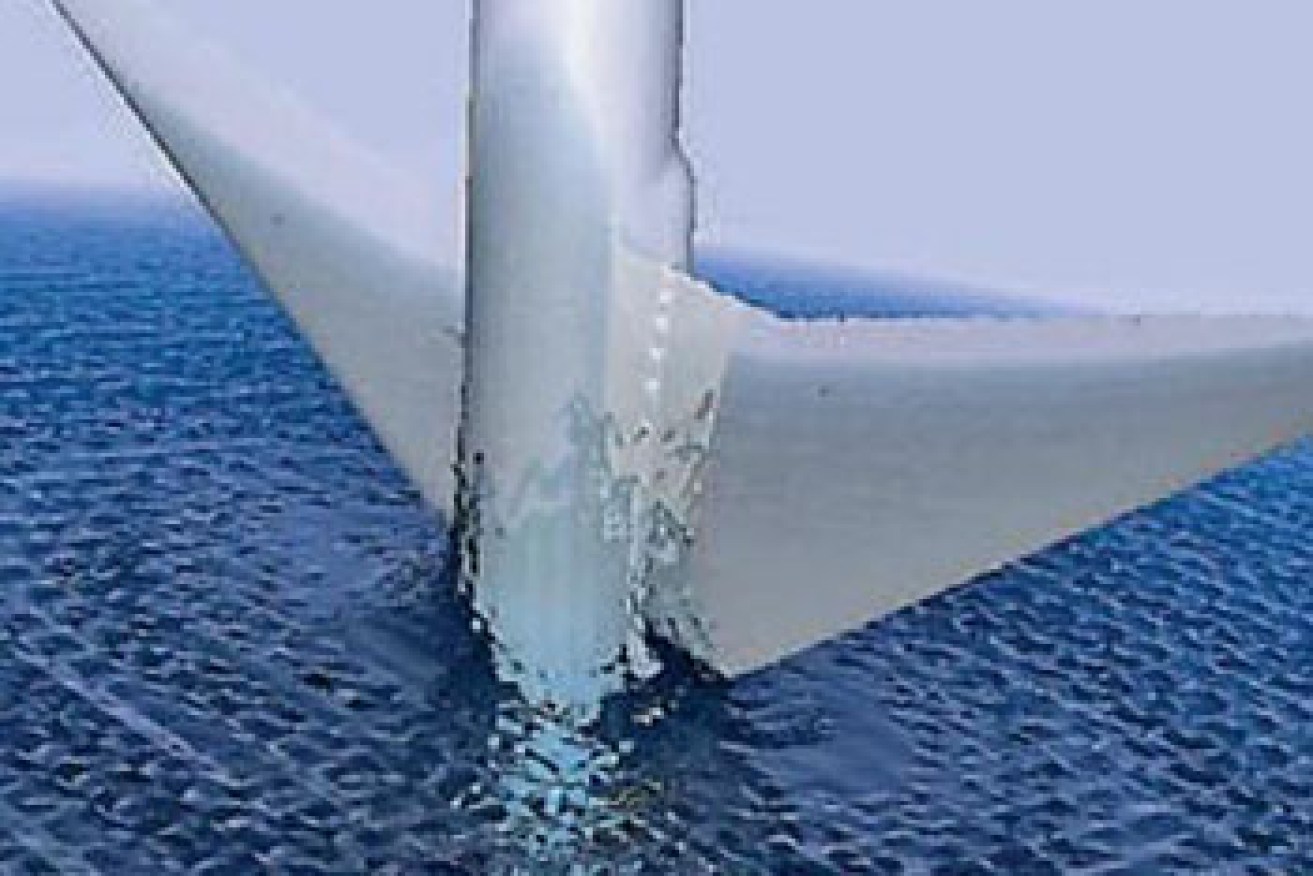MH370 crash theory: ‘plane did perfect nosedive’


A team of mathematicians claims to know how the mysterious disappearance of Malaysia Airlines Flight MH370 unfolded.
In the latest of a string of theories, researchers said the Boeing 777 vanished without a trace because it plunged into the Indian Ocean at a 90-degree angle.
The group of mathematicians said a perfect nosedive kept the aircraft intact and explained why no debris or oil had been locataed since it disappeared in March 2014, with 239 people on board.
• Malaysia Airlines ‘technically bankrupt’
• MH370 search ‘a waste of money’
• Shipwreck discovered during MH370 search
Texas A&M University at Qatar mathematician Goong Chen, who led the forensic computer simulations, said the results supporting this theory were clear.
“The true final moments of MH370 are likely to remain a mystery until some day when its black box is finally recovered and decoded,” Mr Chen said in the report.

Researchers used computer simulations to conclude a 90-degree nosedive explains the lack of debris. Photo: Twitter
“But forensics strongly supports that MH370 plunged into the ocean in a nosedive.”
The mathematicians used applied mathematics and simulated five different scenarios to come up with the results.
This included a gliding water entry, similar to the one Captain Chesley B. “Sully” Sullenberger skillfully performed when US Airways flight 1549 landed in the middle of New York City’s Hudson River, a feat that’s referred to as “the miracle on the Hudson.”
The fluid dynamics simulations indicated, for a vertical water entry of the plane, there would be no large bending moment which was what happened when an external force was applied to a structural element (such as a plane), which then caused the fuselage to buckle and break up, Mr Chen said in the report.
“As the vertical water-entry is the smoothest with only small bending moment in contrast with other angles of entry, the aircraft is less likely to break-up on entry near the ocean surface, which would explain the lack of debris or oil near the presumed crash site.” he said.
Mr Chen said based on the suggestions of other aviation experts, in such a situation, the wings would have broken off almost immediately and, along with other heavy debris, would have sunk to the bottom of the ocean, leaving little or no trace to be spotted.
The Boeing 777-ER plane mysteriously disappeared from radar and stopped transmitting its position on March 8, 2014, searchers suspect it flew on for six more hours and before meeting its fate over the southern Indian Ocean.
The search, which has involved ships dragging submerged sonar bouys along narrow paths of a 60,000 square kilometre search area, has been doubled to 120,000 square kilometres. So far 48,000 square kilometres has been covered, the ATSB reported.
Mr Chen, with Texas A&M University’s maths department since 1987, led the team of researchers from Texas A&M, Penn State, Virginia Tech, MIT and the Qatar Environment and Energy Research Institute.
The research was published in the April 2015 issue of Notices of the American Mathematical Society.







